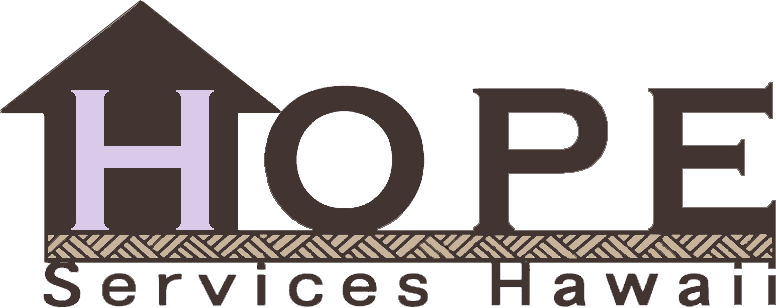
Applicants wait in line to find out their standing in the Kamakana Villages lottery in 2017. (Laura Ruminski/West Hawaii Today)
Government officials agree Hawaii County needs to construct more affordable housing, and there’s also agreement on the steps that can be taken to do it. But how to pay for it is open to debate.
Some members of the County Council Finance Committee, as well as several social services providers who testified Tuesday, recommended a housing fund similar to that of Maui County. Maui County earmarks 4% of its property tax revenue for a housing fund, similar to the 2% fund used for open space land preservation purchases in Hawaii County.
Kohala Councilman Tim Richards said he’d like to see a charter amendment on the ballot so voters can decide whether an affordable housing fund paid through off-the-top property taxes is the way to go.
“We can make all the reasons why we don’t have the housing now, (but) we have to come up with reasons why we do,” Richards said. “If we had the funds that we could actually loan or get things rolling, I think we could make a lot of headway.”
Mayor Harry Kim’s administration doesn’t favor that approach. The administration generally doesn’t want to see mandates limiting the county’s flexibility to spend funds as needed.
“If we could incorporate it within existing funds that would be great,” said Managing Director Roy Takemoto.
Takemoto and Housing Administrator Duane Hosako listed important steps the county can take, including consolidated planning and regulations, working with housing and social services nonprofits, developing community land trusts and revolving loan programs and streamlining regulations.
Some factors, such as the cost of land and construction materials, are outside the county’s control, Takemoto said, but the county can push on the regulatory side by allowing higher density zoning in some areas and working to provide infrastructure to get projects moving.
The committee unanimously forwarded Resolution 431, sponsored by Puna Councilwoman Ashley Kierkiewicz, to the council with a positive recommendation.
The nonbinding resolution advocates a multi-pronged approach to significantly expand affordable housing opportunities, including the creation of an affordable housing fund, the establishment of a county housing coalition and the development of a comprehensive housing plan.
Kierkiewicz is asking the county to put money into its 2020-21 budget for a study into the county’s current programs and recommendations on how to proceed.
Affordable housing is defined as housing that costs 30% or less of a family’s income.
In Hawaii County, where the government-defined adjusted mean income for a two-person household, with two full-time wage earners, is $62,800, that would buy a $322,300 home. A household with one minimum-wage earner and one part-time worker together making $37,400 could buy a $193,400 home.
The current median price of homes is $649,900 in Kailua-Kona, $389,000 in Hilo, $199,085 in Pahoa, and $400,000 for Hawaii County as a whole, Kierkiewicz notes in the resolution, citing online real estate database company Zillow.
A minimum wage worker makes just $21,008 but needs to make $53,840 to rent a two-bedroom apartment at the 30% benchmark.
“Our families and local residents are finding housing out of reach,” said Kristen Alice, director of community relations for HOPE Services Hawaii Inc. “More than half of our county is working and they still can’t afford housing.”
That was no surprise to Hamakua Councilwoman Valerie Poindexter.
“It’s not really affordable housing because our local people can’t pay that,” Poindexter said.
“Most of what they call affordable homes aren’t affordable to the ones that need it.”
Finance Committee Chairwoman Maile David, who represents South Kona/Ka‘u, agreed that affordable doesn’t necessarily mean affordable when it comes to developers building their required percentage of affordable housing as a requirement for development.
“Everyone knows that what’s classified as affordable housing as a part of a development was always out of reach for those who live here,” David said. “I think we all agree where we’re at and where we need to go.”
Email Nancy Cook Lauer at ncook-lauer@westhawaiitoday.com
Read the article direct through the Hawaii Tribune-Herald here.
